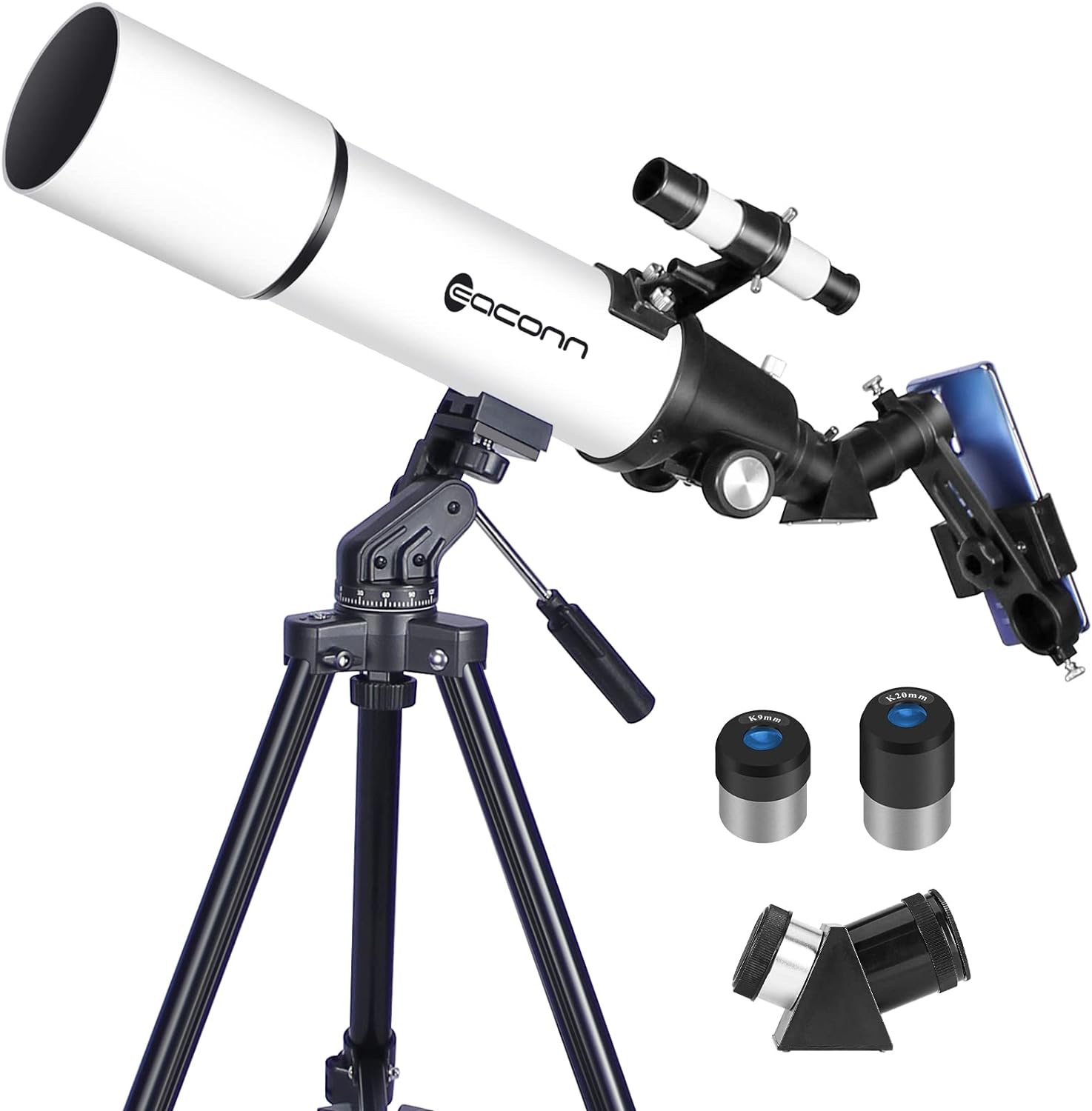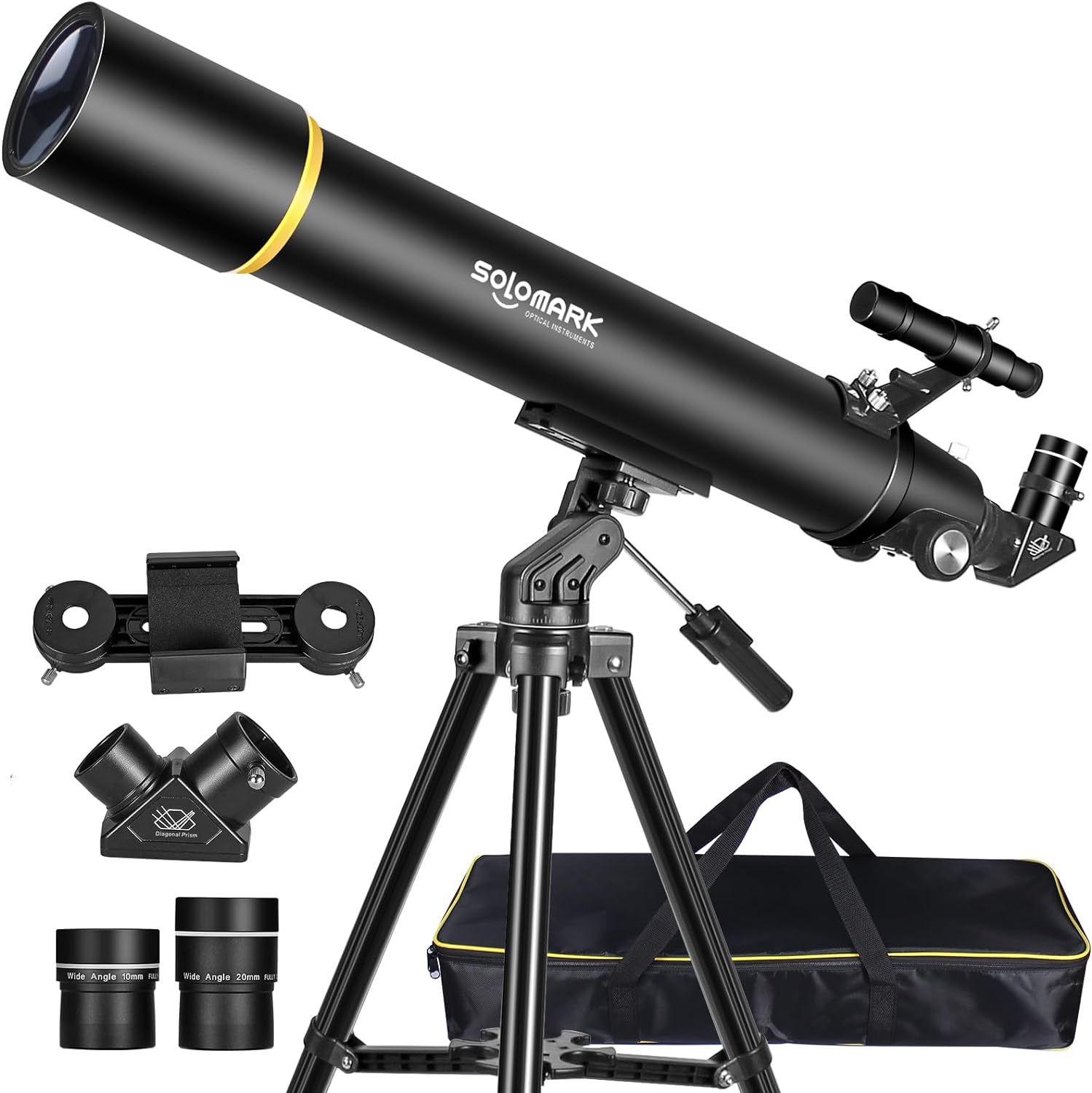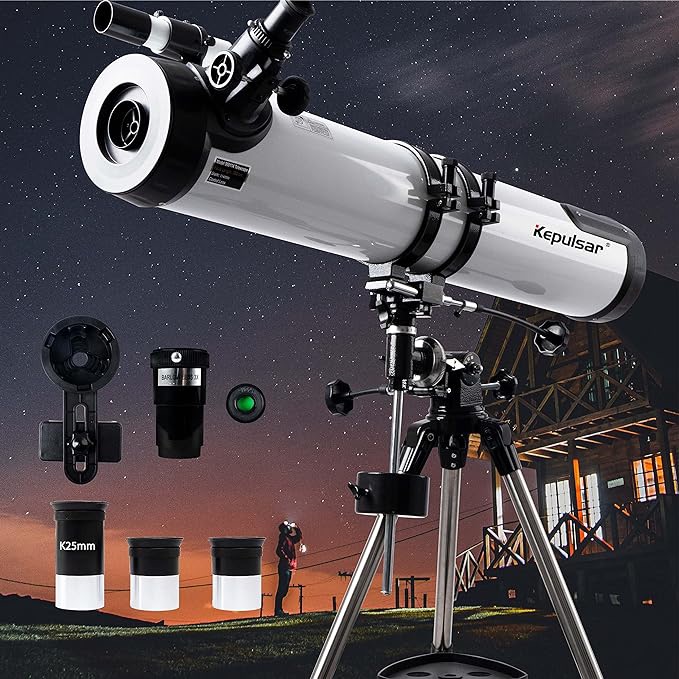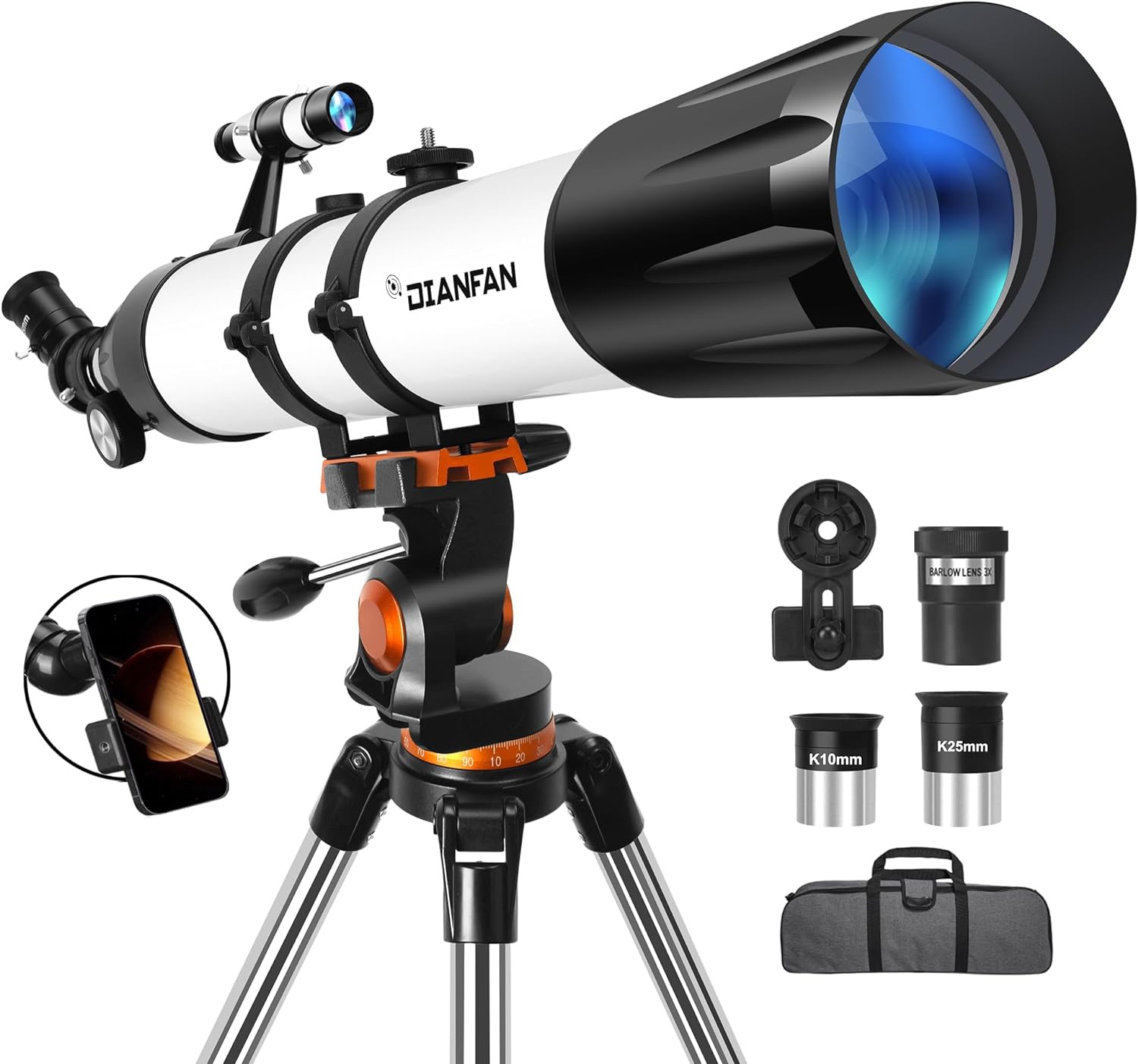Live Coverage of first flight of Ariane 6, Europe’s independent rocket system to space.
#Ariane6 #ESA #FrenchGuiana #Ariane #VA262 #GoAriane
Update 4: The upper stage remains in Earth orbit and will be brought down and deorbited in a controlled manner if possible after the problem analysis. The aim is also to deploy the two remaining payloads beforehand, if possible. Update 3: Currently, 2 of the 17 payloads that were to be deployed remain in the upper stage. The deployment of the 15 other payloads worked without any problems. Update 2: The restart of the Vinci engine was successful, but it shut down shortly after ignition. The problem needs to be further analyzed and the public will be informed as soon as new information is available. Update 1: Martin Sion, head of Ariane Group, has announced that they are gathering as much data as possible from the faulty ignition of the Vinci engine to find out what led to the early shutdown. We are closing our live coverage at this moment. We will add an update tomorrow morning (European Time) to this live ticker with the latest information available. We thank you for your attention. If you want to see more of our content join There will be no update from mission control at this moment. ESA will hold a press conference at 0:30 CEST (half-past Midnight) with hopefully more information. Nevertheless this was a successful launch and we can say, that Europe is back in space independently. The mission control is still in talks about what to do and how to bring the main engine back to Earth to avoid space debris. The APU (auxiliary proportion unit) allows the engine to be reactivated. It re-pressurizes the tanks so that they can be ignited. APU ensures a stable thrust in the fuel flow. If the Vinci engine and the APU (auxiliary proportion unit) can't be reactivated the planned orbit for the return to Earth can't be reached. This is also a issue because of leaving space debris. The restart of the Vinci engine has happened but short after the restart the engine shutdown automatically as a safety measurement. This results that Ariane 6 is not in the planned orbit attitude any more. New live pictures from the Ariane 6 cameras Video of the Main engine cut-off Video of the launch of Ariane 6 The next payload release will be in around 20 minutes. All at ESA and Ariane Group are happy of this successful launch and that Europe is back in space. 600 Kilogramm of coffee have been consumed in the last 2 years by the Ariane Group team members during work on the Ariane 6. The cube satellites have been released and are in earth orbit now. The released happened in 4 waves during 9 seconds. The first of the 17 payloads will be released in about 5 minutes. It's cube satellites. Ariane 6 has reached circular orbit. Ariane 6 will now fly to it's first payload delivery point. This will take around 50-60 minutes. We will be back with fresh information when it's time. The Vinci engine was cut-off successfully as well. We see the cut-off of the main engine stage. Ariane 6 is now on it's way to the orbit to supply the first payload. The main stage was successfully cut-off as well. This was the most critical moment and it was successful. Europe is back in space. Pictures of the cut-off the boosters. Launch pictures from Ariane 6 The fairing has successfully cut-off as well. The amazing power of the Ariane 6 in the clear skies of French Guiana. And we have successful cut off the booster stage. Launch of the Ariane 6. All systems normal. 1 minute until liftoff. The final 5 minutes have started. weather is good, the automatic launch systems works. Control will be took over by the computer to guarantee a clean launch sequence. We wait for launch. 10 minutes until launch and the last weather check is on. Today there was some rain in French Guiana. However rain is not a problem for the rocket. We are waiting for the Go of the launch. All systems look good at this moment. Mission control room is about 20 kilometres away from the launch pad. Ariane 6 transports satellites from commercial companies, space agencies, universities and also from students who developed their own satellite, today. Another picture of Ariane 6 at the launch pad. We are 20 minutes away from launch of Ariane 6. Today's flight will take 3 hours until the upper stage returns to Earth for burn in the Earths atmosphere and tall into the pacific ocean. Protect your internet connection with Proton Unlimited: https://go.getproton.me/SH10p When the rocket is installed the mobile gantry will roll away making space for Ariane 6 to launch. This reduces transport costs by 50% and the engines of the ship are be able to reduce emissions by 30 %. Kourou, the locations of the launch pad in French Guiana is near the equator. As soon as all parts are arrived they will be installed to one rocket. The different parts of the rocket are produced allover Europe and the installed stages are then shipped to French Guiana. A special designed ship makes monthly round trips between South America and Europe. The Ariane Group also sells the payload space on the Ariane rockets to companies and organization who need to transport their payload to space. The french space agency CNES designed the launch pad for Ariane 6 in French Guiana, South America. The French oversee territory is Europe's gateway to space as no other place "in Europe" is closer to the equatorial region. 13 countries have contributed to Ariane 6 and the parts of the rocket were produced all over Europe. The ESA is the head organization and the Ariane Group constructed the rocket. Learn languages fast and accurate with Babbel. Babbel: https://babbel.pxf.io/c/4729656/1305023/15639 The fairing is on the top of the rocket. It protects the satellites and other payload during launch sequence. After leaving Earths atmosphere, the fairing is cut-off because the protection is not longer needed. The upper stage contains the Vinci engine, which can switch off and restart and is therefore be able to transport satellites into different orbits. It's the first Ariane engine which can return to earth for disposal to minimize space debris. The we have the main section. The main stage is powered by a Vulcain 2.1 engine and is responsible to keep the Ariane 6 on course. The main stages powers for around 8 minutes until Ariane 6 is out of Earths atmosphere. The Ariane 6 has 4 main sections. Starting with the boosters with double of the power of the Vega-C rocket main engine. The rocket is variable and can launch with either two or four boosters. Each booster burns for 2 minutes. The launch of Ariane 6 is Europe's new rocket for independent access to space. The development took longer than expected but Ariane 6 was developed in two versions to transport any type of satellite. Ariane 6 is strong enough to bring payload to the moon and beyond. Get your telescope now to watch the night sky in detail with your own eyes. *Affiliate Links A good information sheet that describes some details of the Ariane 6 The tank filling of Ariane 6 has begun. 180 tonnes of liquid hydrogen and oxygen need about two hours to pump into the rocket. The first flight of Ariane 6 has been delayed and will not before 21:00 CEST. Welcome to our Live Coverage of the Ariane 6 first flight. Our live coverage starts at 19:30 CEST. The launch window for Ariane 6 is from 15:00-19:00 local time at Europe’s Spaceport in French Guiana, South America. #Ariane6 #ESA #FrenchGuianca #Ariane #VA262 #GoAriane
SPACE-FRIDAY: The Talk on Signal: https://signal.group/#CjQKIBZWmt57f4O58ORpQyMj1FbYfWMo3v0WILUxX93IhRIQEhDnyBfyv_7sTW7z6gd_ji5l
Signal App Group: https://signal.group/#CjQKIHfqX73P2CirD_TRqWha9BJ8ew7RrysHe2Esd69vTLa4EhCTHx-BPgLhIk-xuq7P_dJV
Mastodon: @nemethstarproductions_official@mastodon.social @space_friday@mastodon.social
BlueSky: @nemethstarpro.bsky.social @spacefriday.bsky.social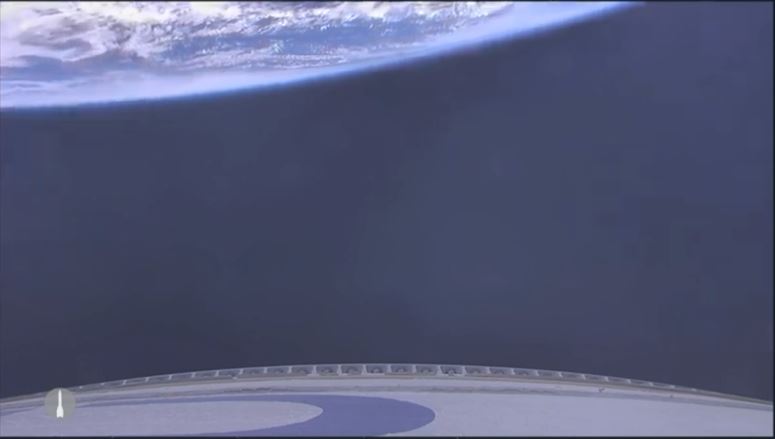
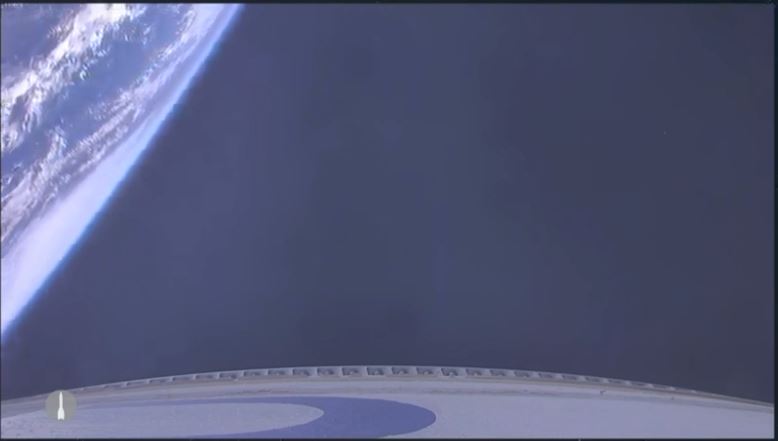
Photos: ESA / ESA webTV
Video: ESA / ESA webTV
Video: ESA / ESA webTV
Altitude: 348km
Distance: 4630km
Speed: 7,57km/s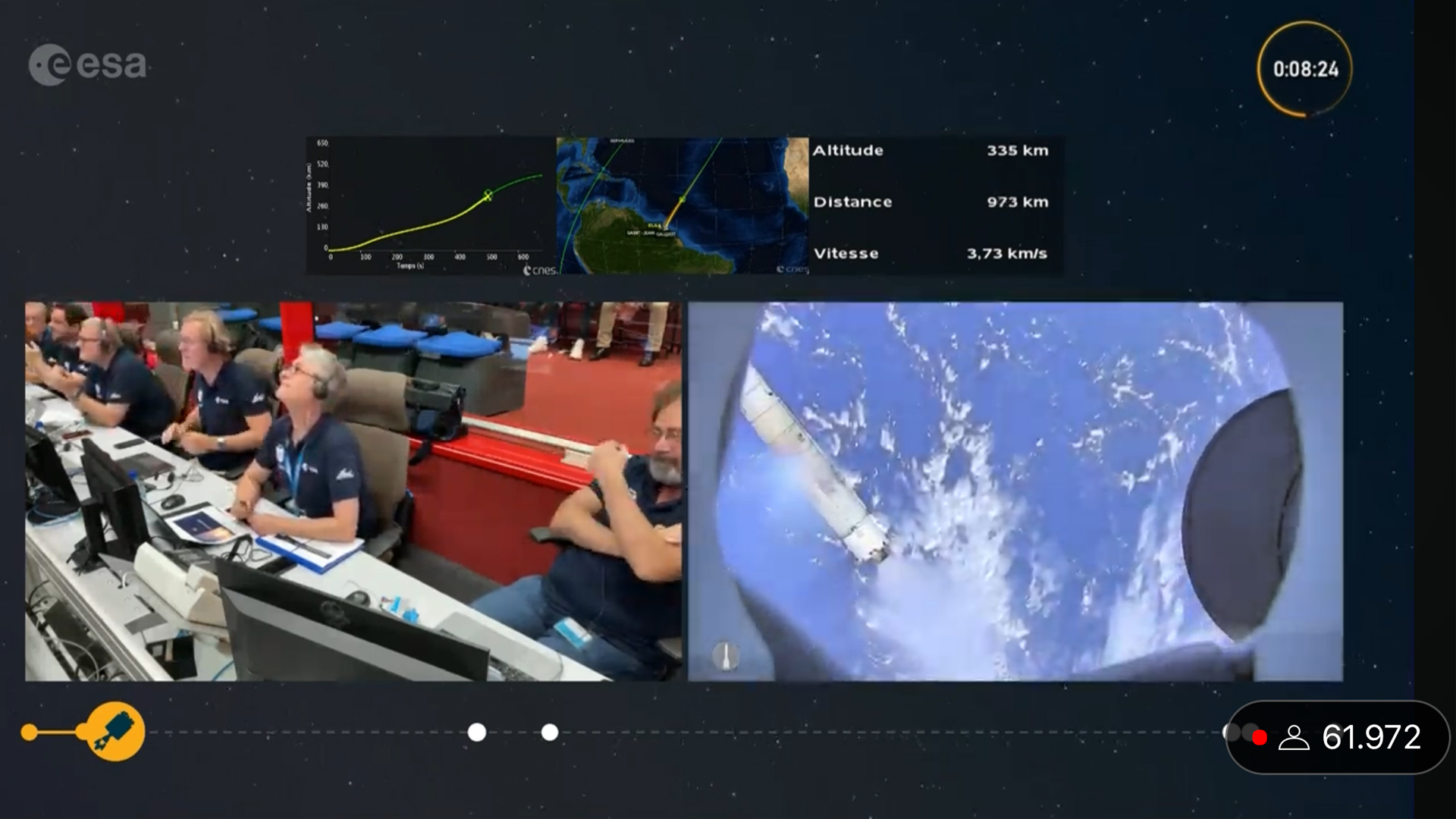

Photos: ESA live broadcast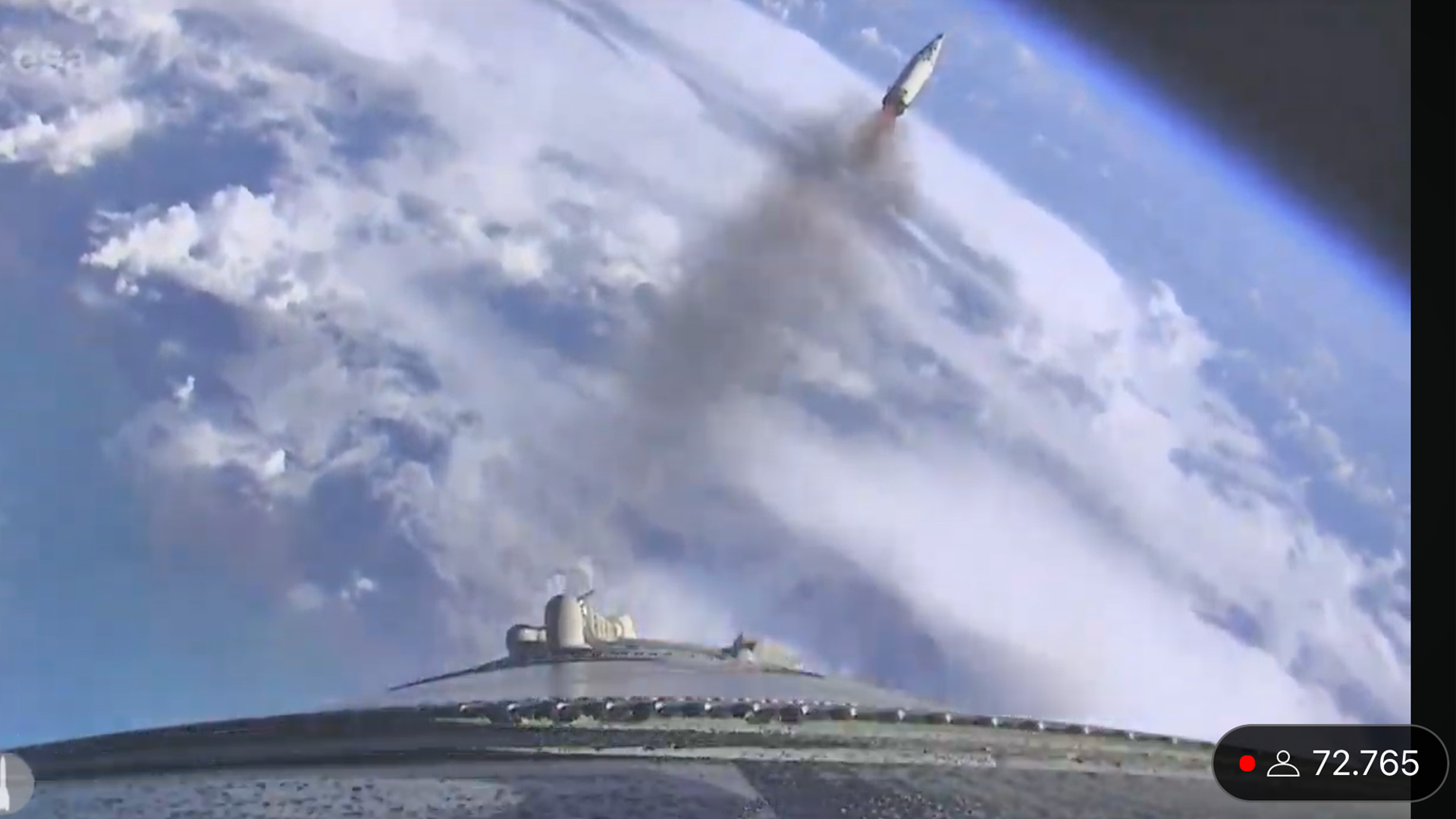

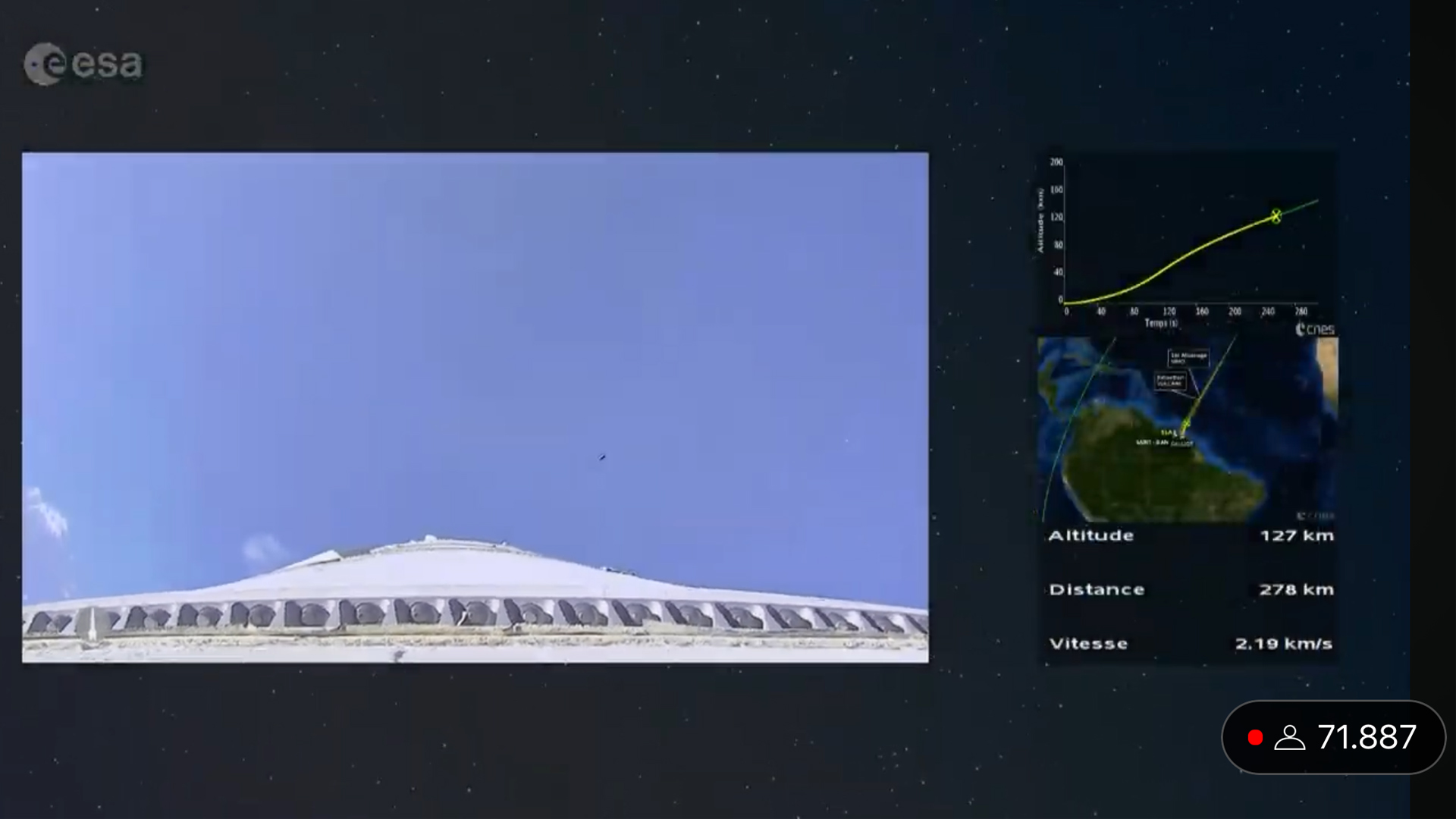

Photo: ESA Live broadcast
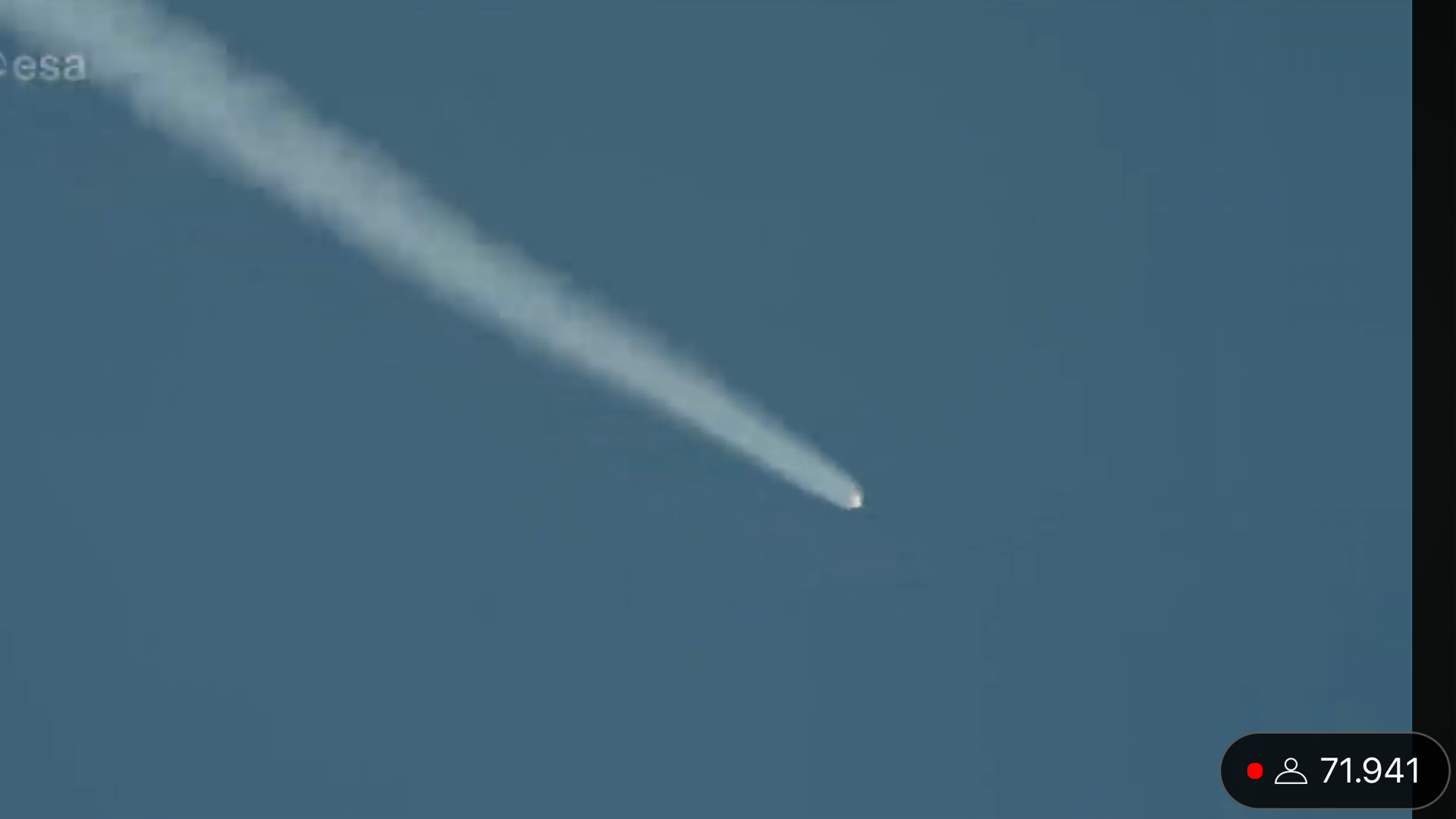

Photo: ESA Live broadcast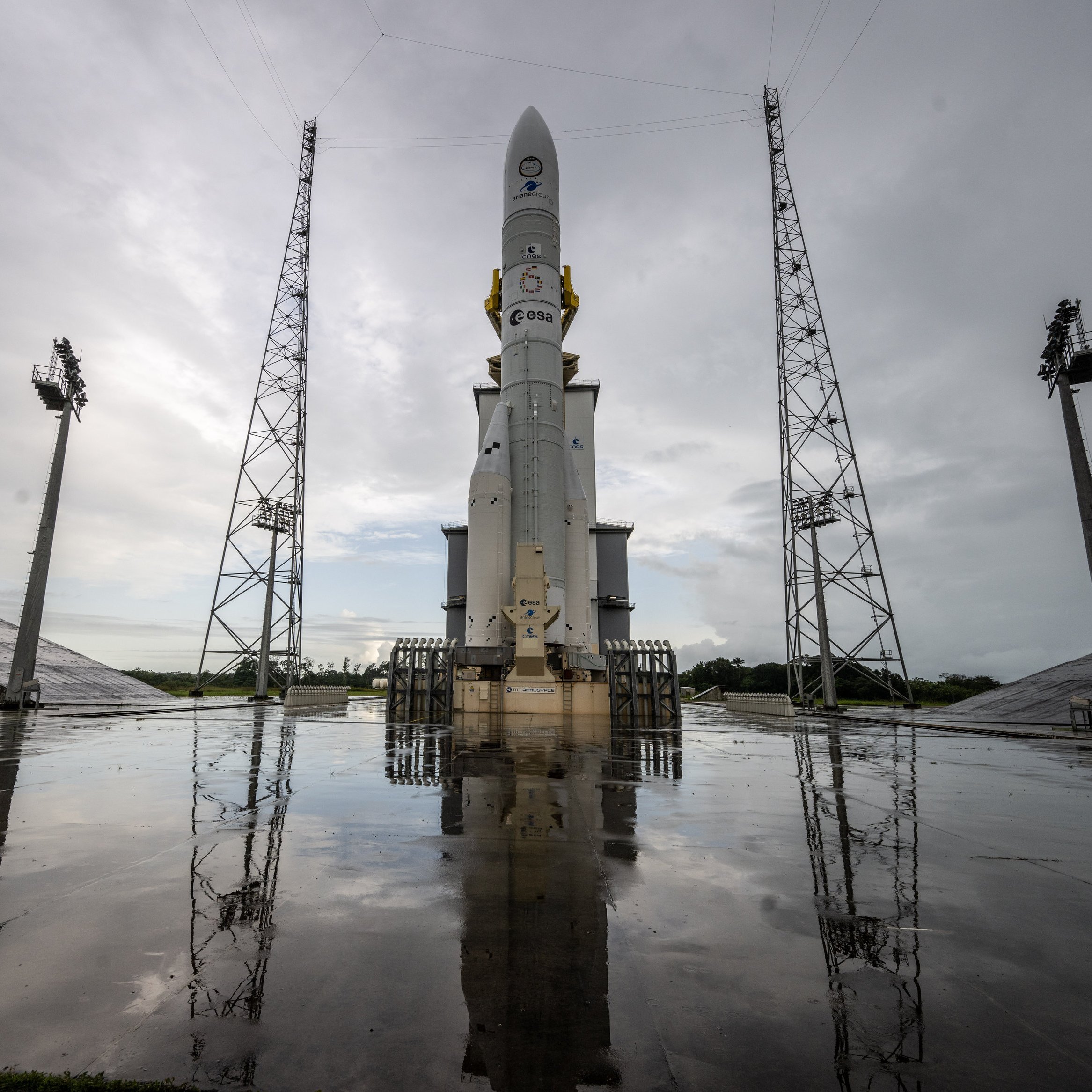
Photo: ESA
*Affiliate Links
The Ariane program is a program financed by Europeans for Europeans.
*Affiliate Links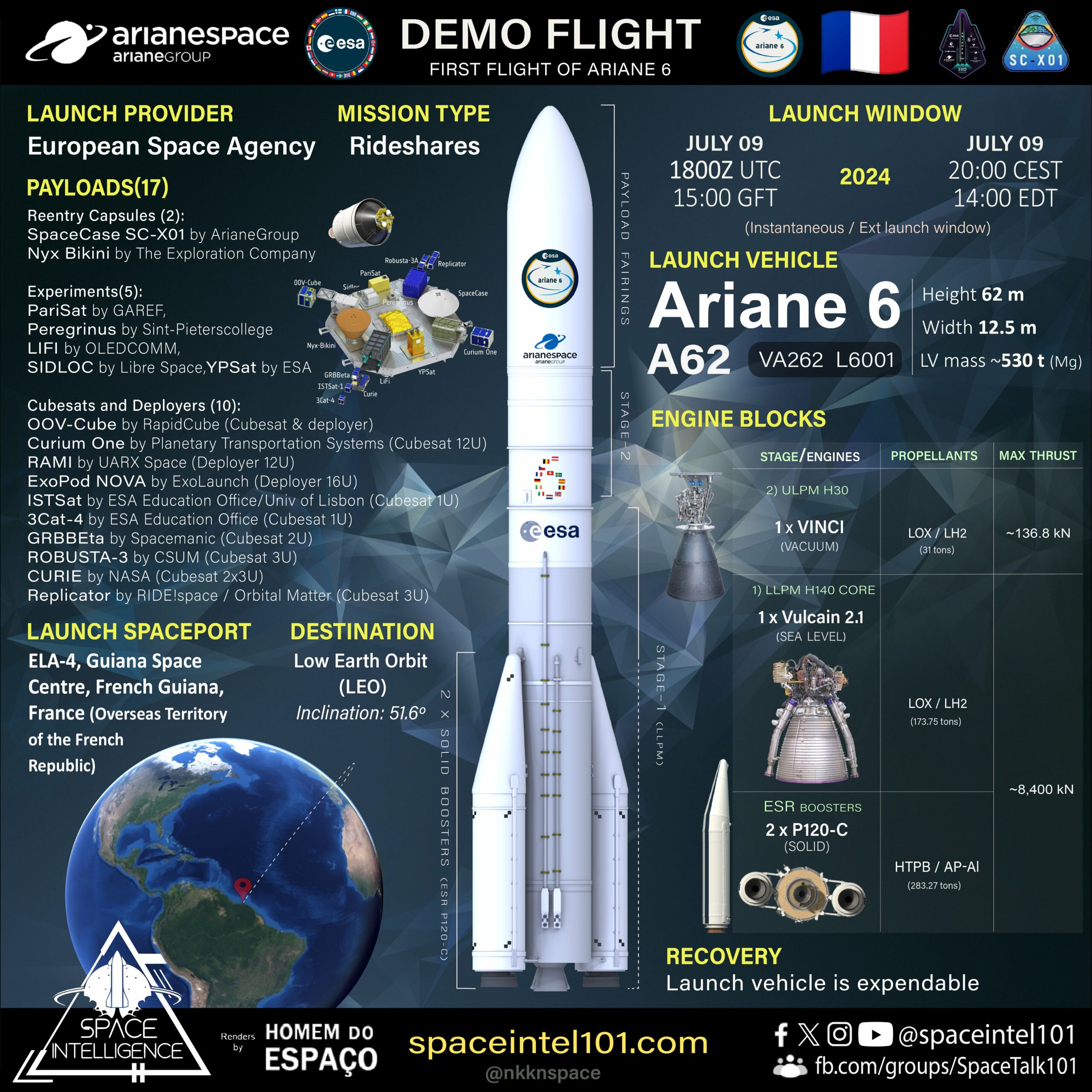
Photo: spaceintel101.com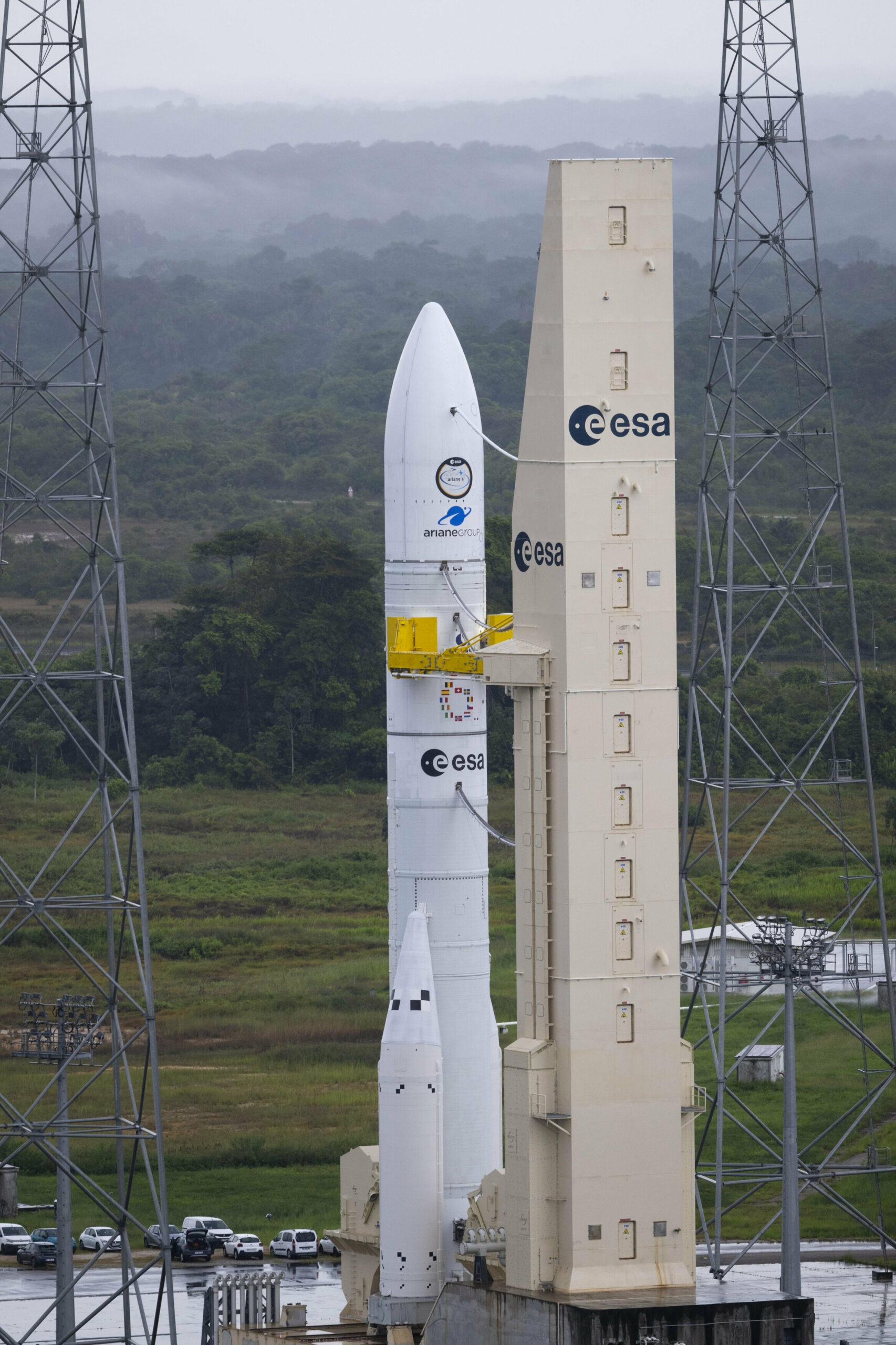
Photo: ESA
Before technicians solved a small issue with the data acquisition system of the ground segment equipment.









